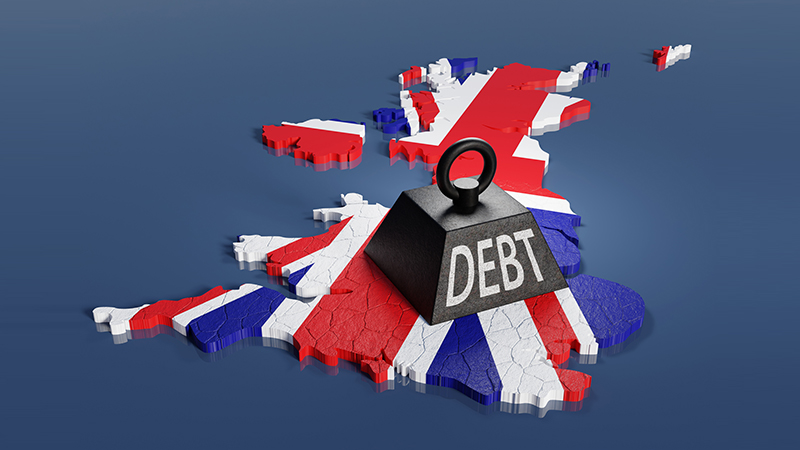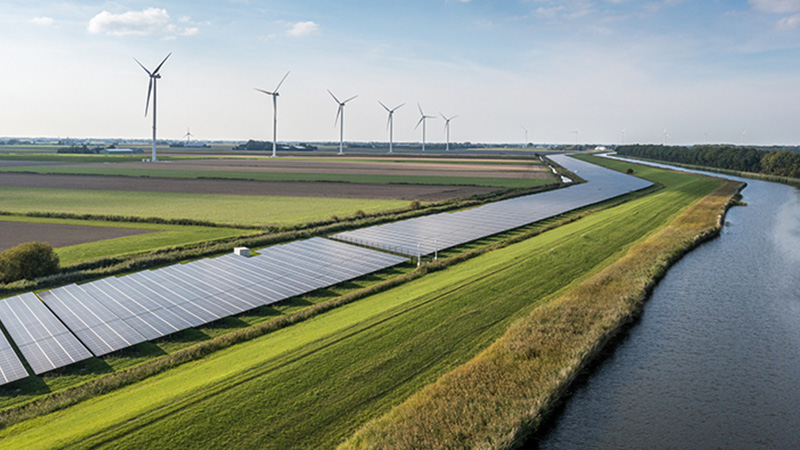In recent years, the popularity of passive strategies, more and more frequently in the form of exchange-traded funds (ETFs), has exploded among consumers. ETFs come with the promise of smaller fees and benefit from the often-repeated statistic that, on average, passive funds outperform their active counterparts. The adage has led to a decline in investment for active strategies, leaving firms in search of new methods.
For some industry heavyweights, such as exclusively active manager JP Morgan Asset Management, this has meant the less-travelled path of active ETFs.
Gaining ground
While overall active open-ended funds have experienced outflows for the past two years, active ETFs have managed humble, but ultimately positive, inflows. According to Morningstar Direct, in 2022, open-ended active funds in Europe lost €245bn (£207.4bn) in net flows while active ETFs managed €4bn in inflows. Again in 2023, open-ended active funds took a €163bn loss, while active ETFs grew by another €6m.
See also: BlackRock launches five iShares active ETFs
Still, the open-ended fund market for active funds in Europe far outpaces ETFs. Open-ended active funds made up 73% of the market share in 2023, while active ETFs provided 0.31%. Active ETFs have been increasing their share of the space since 2018, when they accounted for 0.09% of the market, while active open-end funds have been on the downturn for the past decade, decreasing from 87.6% of market share in 2014 to 73.2% by 2023.
Sheridan Admans, head of fund selection at Tillit, says the structure of the active ETF could “invigorate competition” between active fund managers. “This could result in better products, reduced fees and increased transparency. However, traditional managers may perceive active ETFs as disruptive, leading to cautious adoption among certain firms,” he says.
See also: Fidelity brings Bitcoin ETP to the London Stock Exchange
Noting, with time, he believes active ETFs could prove useful to a broader audience.
Michael Delew, WisdomTree’s head of capital markets, agrees active ETFs could, and should, appeal to all investors. “Flexibility is one of the main advantages. An ETF is an investment wrapper, but it is a superior wrapper,” he says. “ETFs have many uses and can contain almost any type of asset or strategy.”
Read the rest of this article in the July/August issue of Portfolio Adviser magazine










